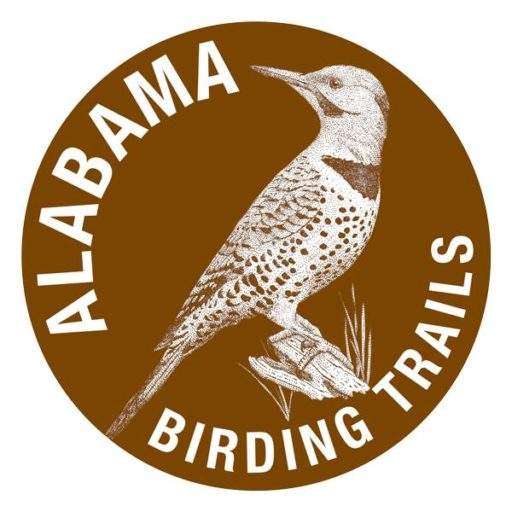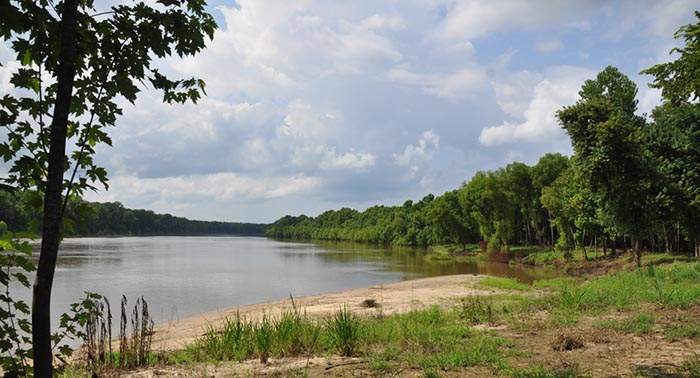
Bashi Creek Public Use Area
Bashi Creek Public Use Area provides the birder with access to the floodplain forests along Bashi Creek. Canoeing/kayaking east up Bashi Creek in the …
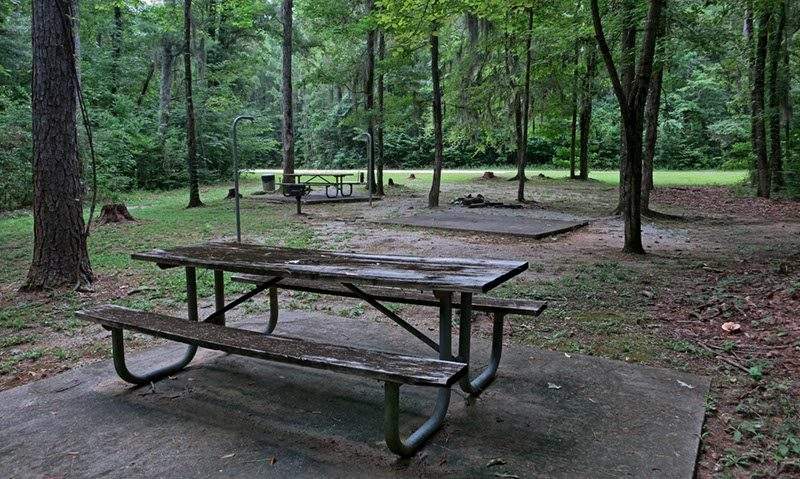
Bells Landing Park
Bells Landing Park’s 320 acres contain a variety of habitats, ranging from pine forest atop the uplands at the entrance to river bottom hardwoods alon …
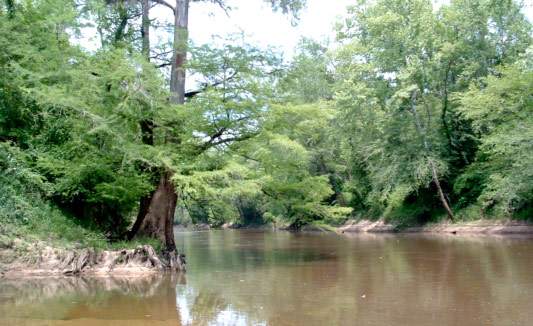
Brooklyn access and southern terminus of the Sepulga River Canoe Trail
The Brooklyn access is the southernmost take-out for the Sepulga River Canoe Trail and the take-out for paddles from the Iron Bridge, PWBT Site 17.
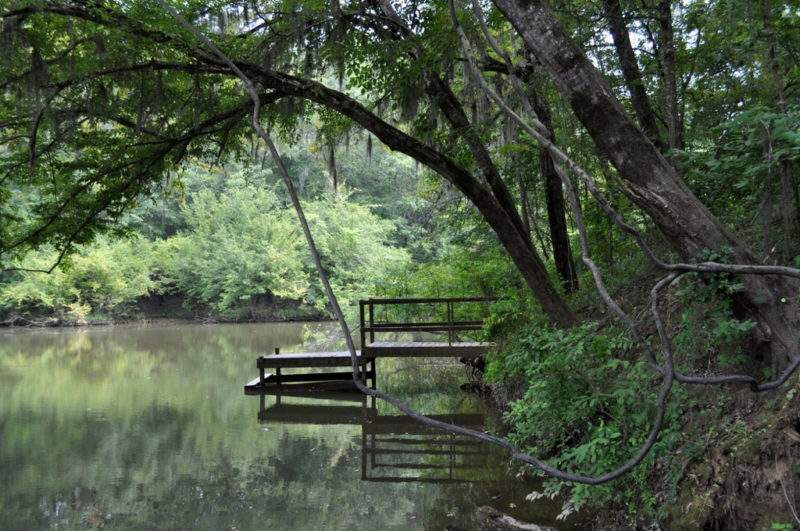
Claiborne Lake Dam Site East Park
Claiborne Lake Dam Site East Park’s 500 acres contain a variety of habitats. The area near the entrance is loblolly pine plantation. Park at the Alaba …
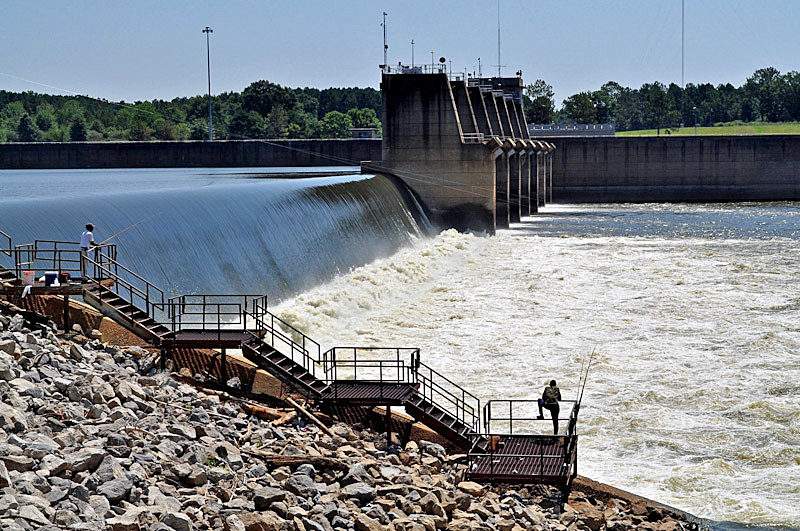
Claiborne Lake Dam Site West Park
Great Crested Flycatchers, White-eyed Vireos, Northern Parulas, Summer Tanagers, Indigo Buntings, and Orchard Orioles are common summer residents. Che …
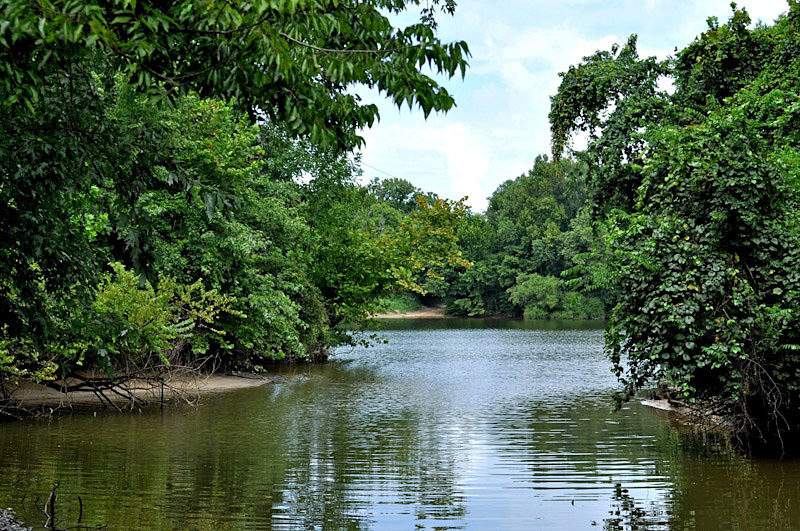
Haines Island Park
Haines Island Park’s entrance is located in a pine dominated forest atop the Buhrstone Questa (an escarpment that rises more than 350 feet above the s …
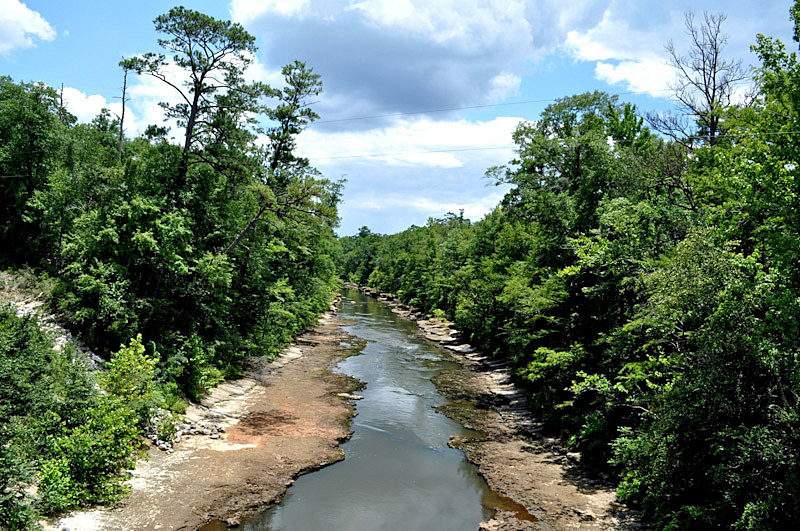
Iron Bridge access to the Sepulga River Canoe Trail
This is the put-in for a 7.5-mile paddle down the Sepulga River to the Brooklyn take-out (Piney Woods Birding Trail [PWBT] site 18 and southern termin …

J. Emmett Woods Public Fishing Lake
Much of the 84-acre Washington County Public Lake is surrounded by mixed second-growth forest with dense underbrush. Anhingas, wading birds, Ospreys, …
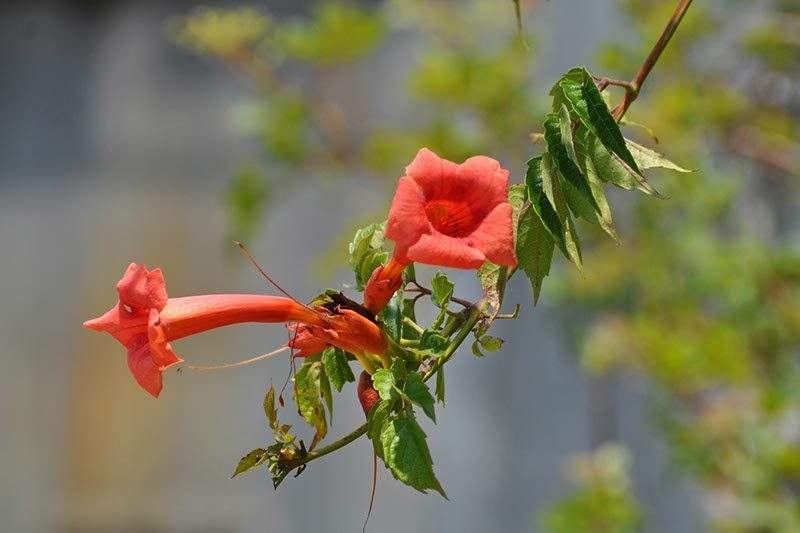
Jackson Water Treatment Ponds
Purple Gallinules, Snowy and Great egrets, Little Blue Herons, and Wood Ducks are regulars along the dikes separating the ponds. Watch the willows in …
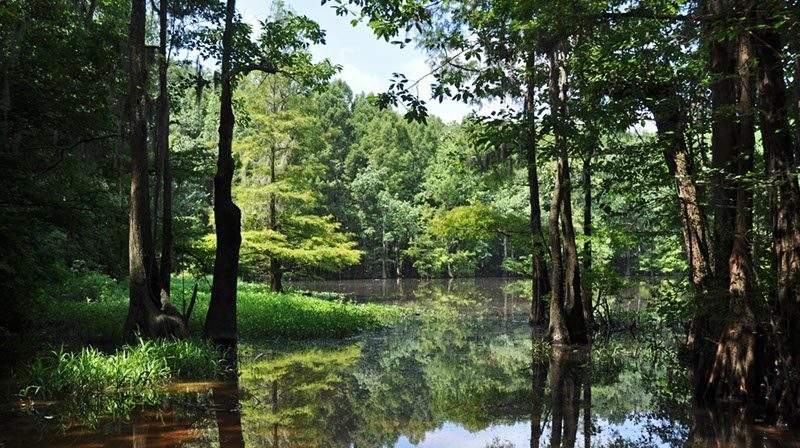
Kimbell Lake
Bird the hardwoods within the RV park and the understory around its margins for Yellow-billed Cuckoos, Downy Woodpeckers, and Great Crested Flycatcher …
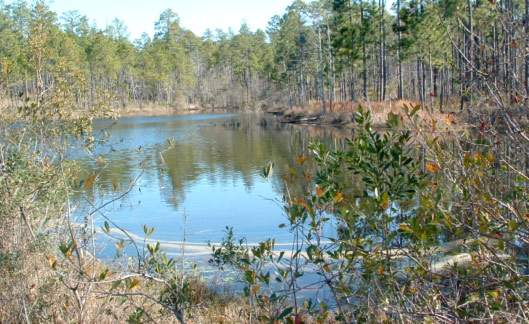
Leon Brooks Hines Public Lake (Escambia County Public Lake)
Leon Brooks Hines Lake is a 184-acre man-made lake surrounded by more than 700 acres of long-leaf pine forest that is subjected to regular burns. Ther …
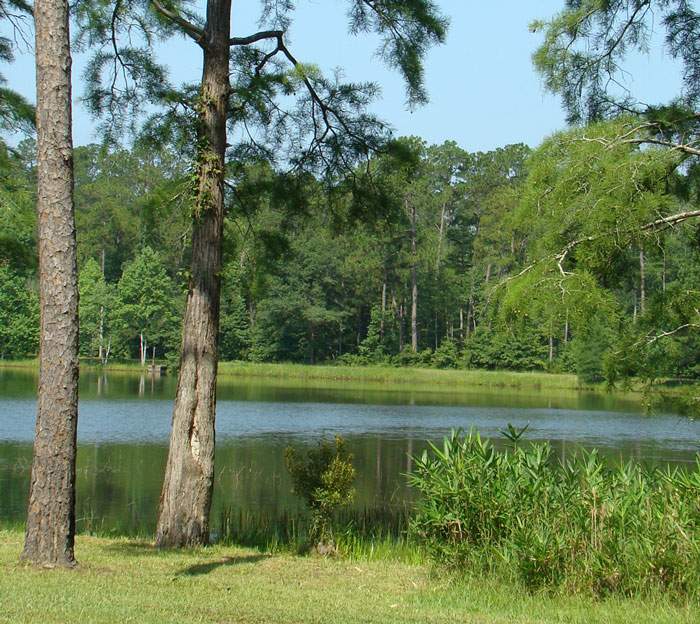
Little River State Forest
Little River State Forest is a 960-acre park that includes 25-acre manmade Blacksher Lake and 4.7 miles of hiking trails. The unpaved 1.5-mile Gazebo …
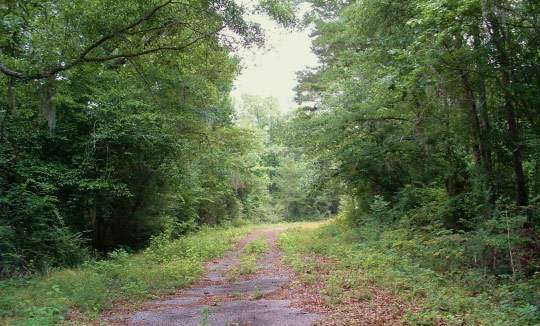
McDuffie Landing (Permit required for entry)
McDuffie Landing, a 116-acre tract of land owned by the US Corps of Engineers, is currently open only for hunting and bird watching. A written permit …
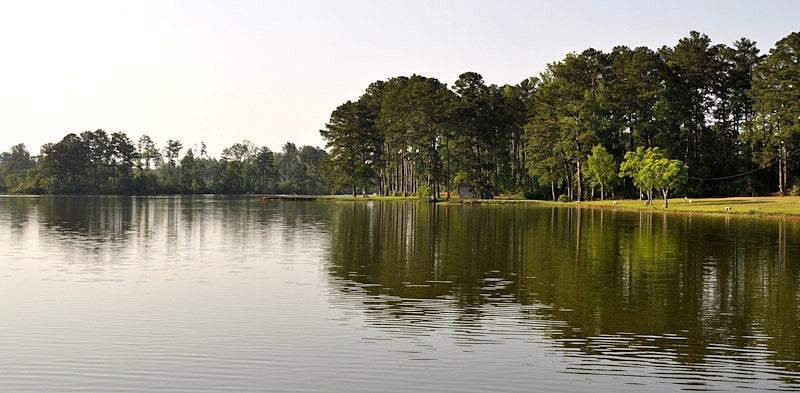
Monroe County Lake
The Monroe County Lake is a 94-acre man-made lake with an unpaved access road on its east and south sides. Upland loblolly pine forest surrounds the l …
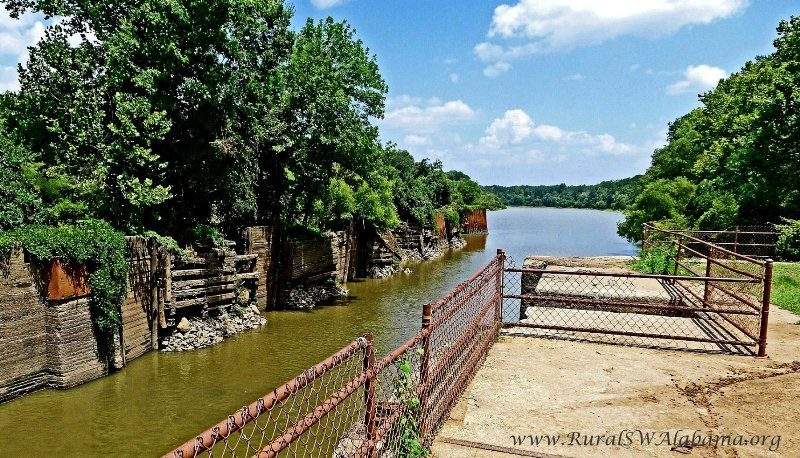
Old Lock 1 Park
Mature cottonwoods cover much of the meander core, while willows and some small cypress occur at the water’s edge. Birding is excellent year-round and …
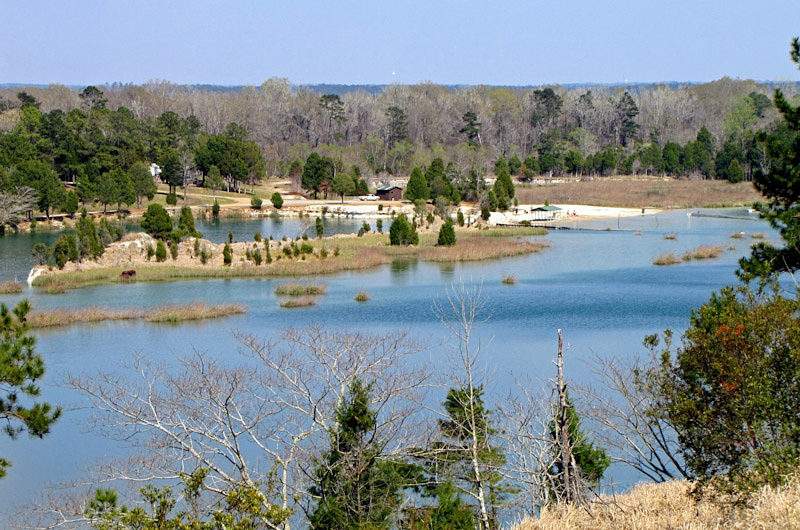
Old St. Stephens Historical Park
Extensive marsh in the east and southwest parts of the old quarry, now lake and cypress swamp southwest of the old quarry will be of particular intere …
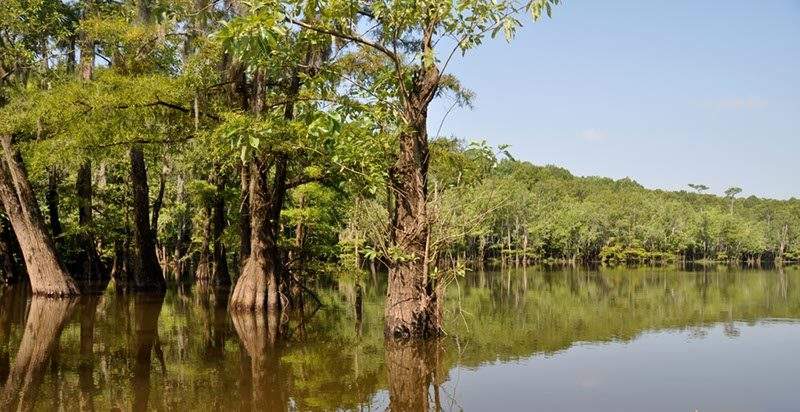
Parker Lake
Birding around the Parker Lake boat ramp can be productive, but a canoe or kayak is needed to fully enjoy this site. Paddling slowly through the twili …
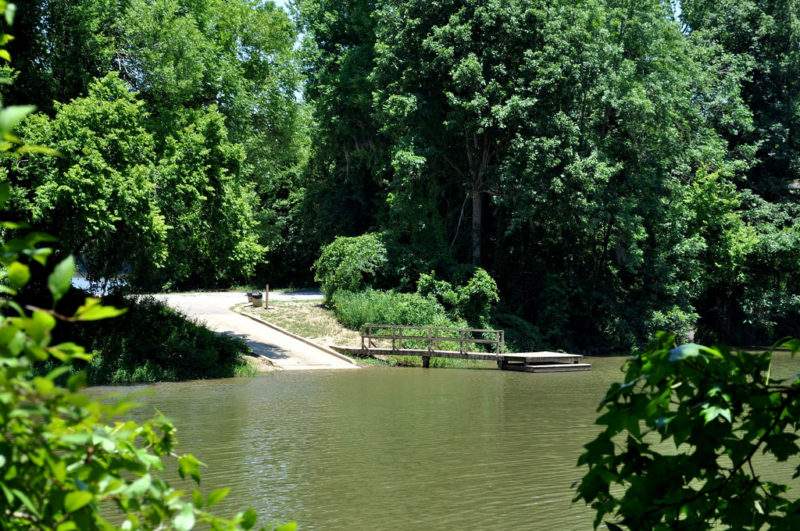
Silver Creek Park
Bobwhites, Eastern Towhees, and Northern Cardinals can be seen year-round, while White-eyed Vireos, Hooded Warblers, and Indigo Buntings are present i …
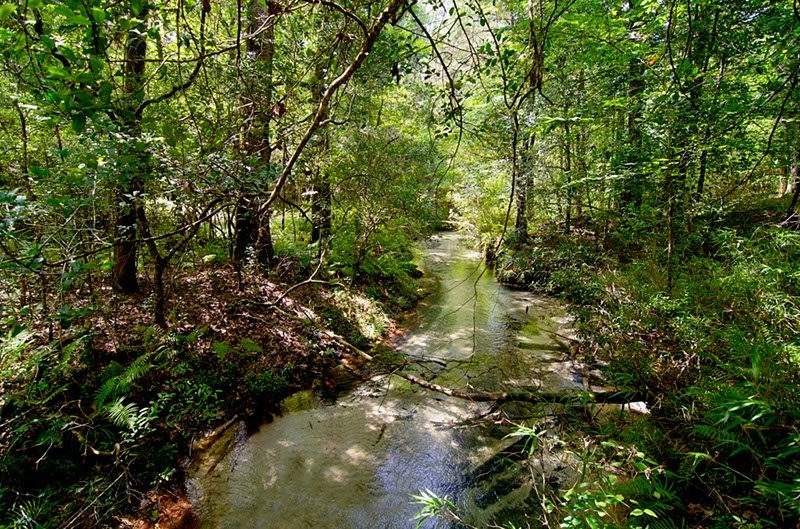
Solon Dixon Forestry Education Center
The Solon Dixon Forestry Education Center in the Conecuh National Forest is operated by Auburn University and hosts classes and conducts research proj …
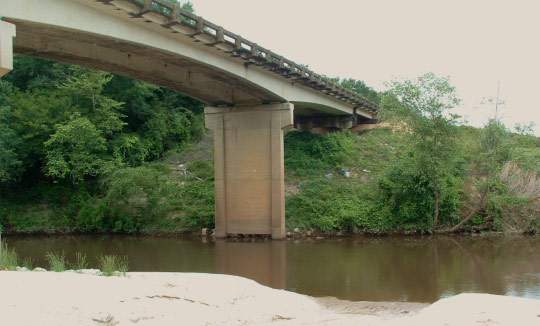
Staples Bridge access to the Sepulga River Canoe Trail
Staples Bridge (US Highway 84) is the take-out for the most popular paddle on the Sepulga River Canoe Trail. It is also the put-in for the 13.4-mile p …
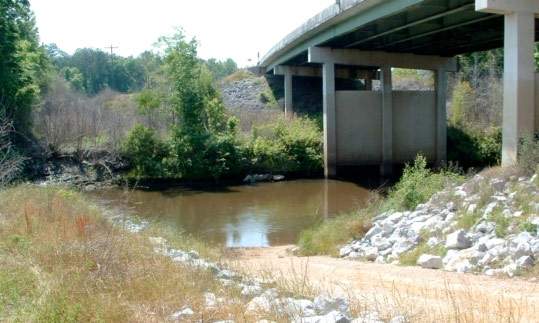
Travis Bridge access of the Sepulga River Canoe Trail
This site is the northernmost put-in for the 29-mile-long Sepulga River Canoe Trail and the starting point for an 8-mile paddle down the Sepulga River …
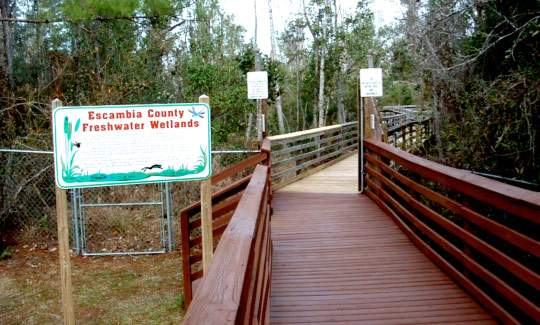
Turtle Point Environmental Science Center
Common Grackles and Red-winged Blackbirds are attracted year-round to the diamond leaf and water oak, tupelo, and bald cypress that grow in the wetlan …
